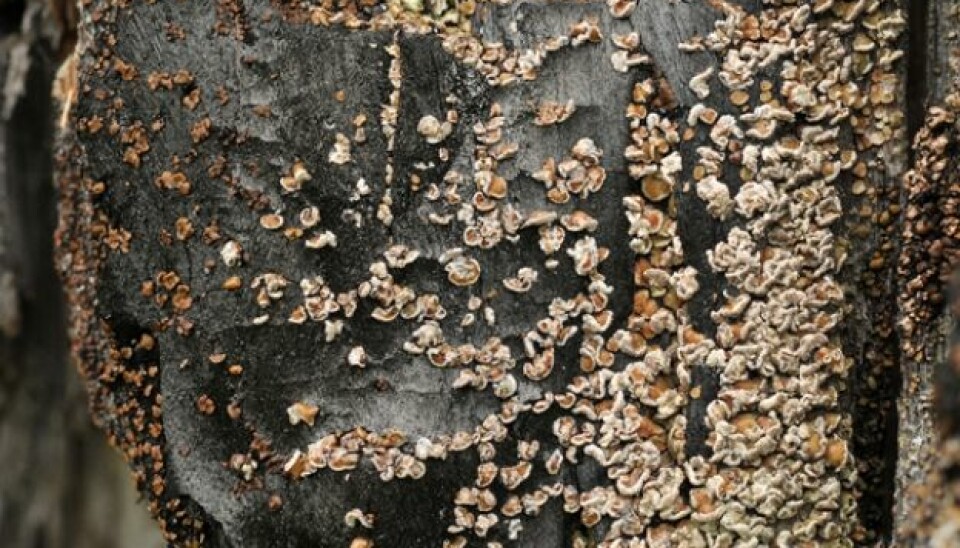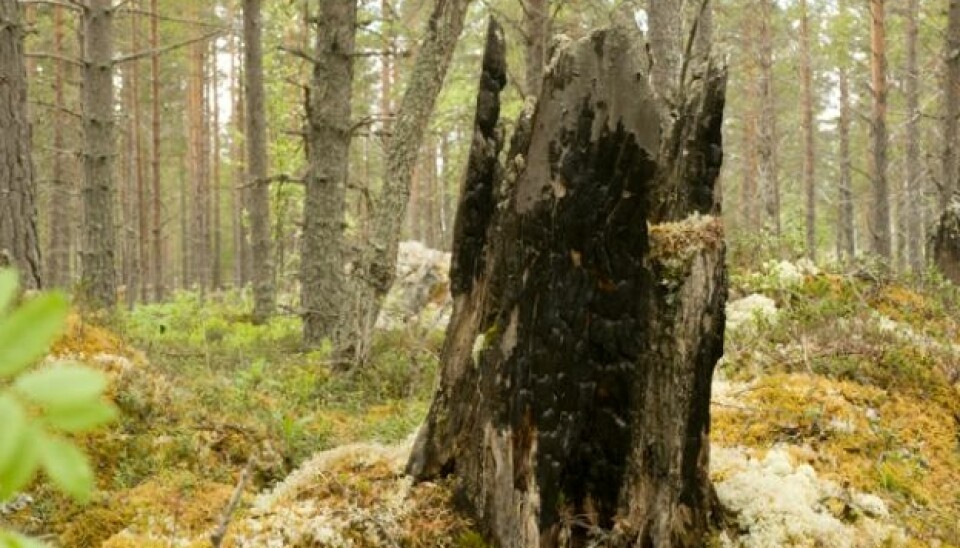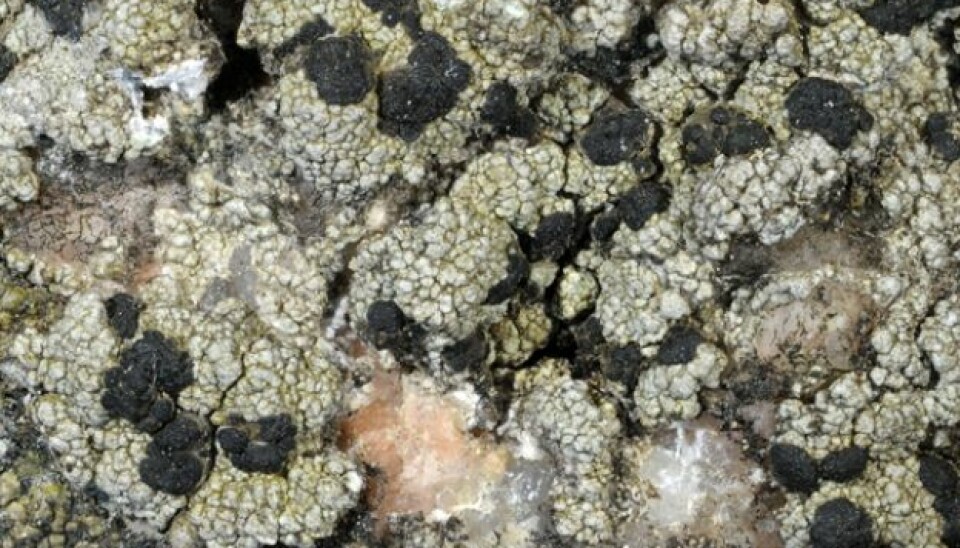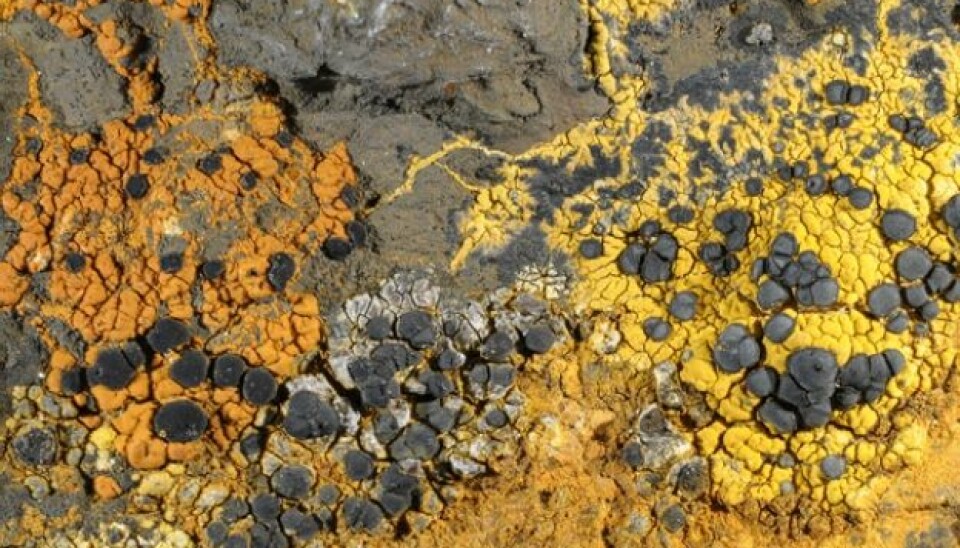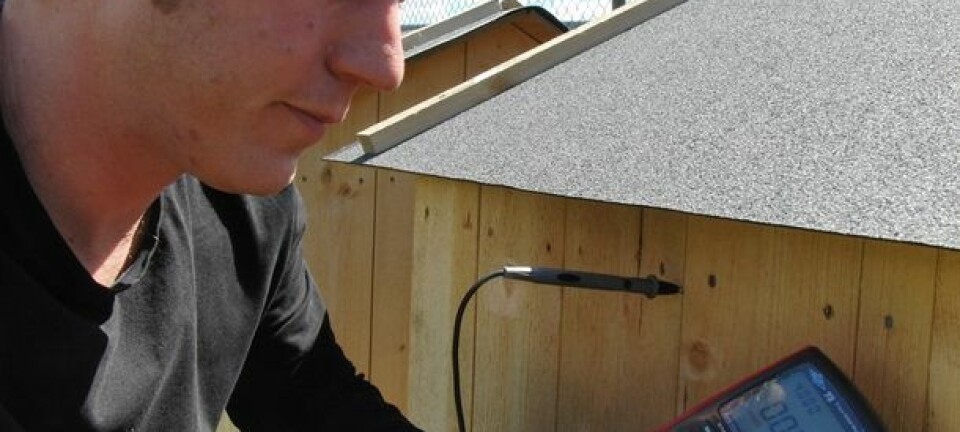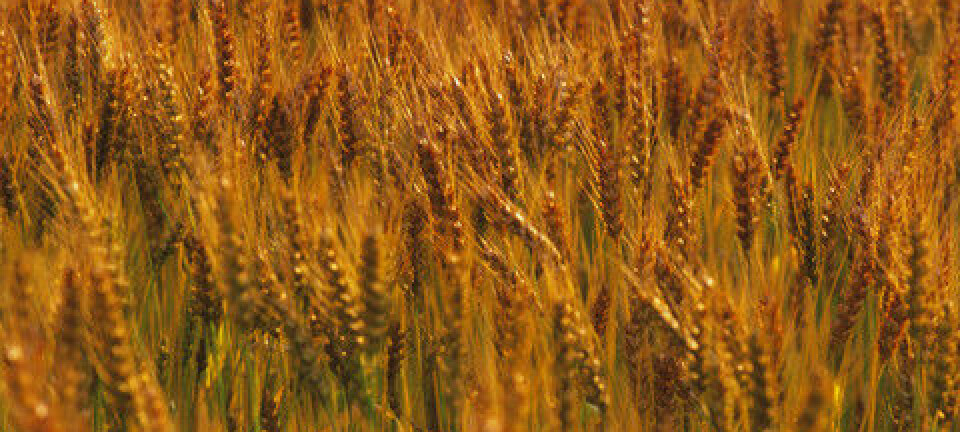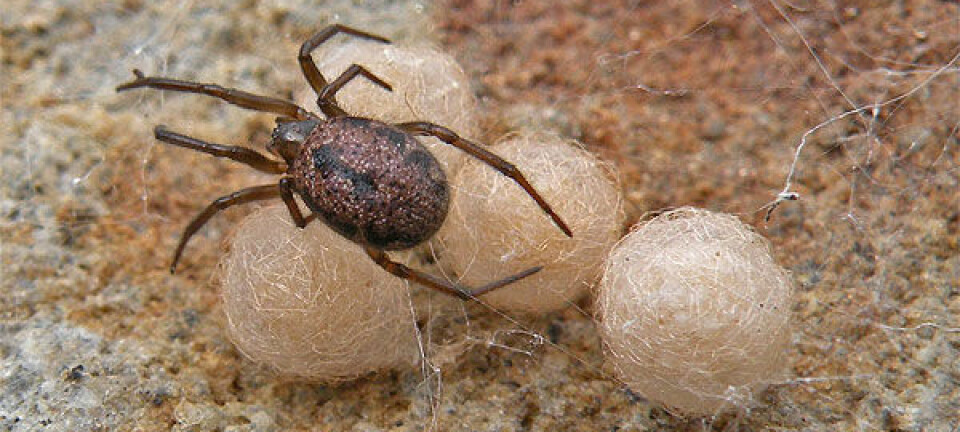Lifting the lid on lichen
New species are uncovered in an ambitious lichen study which is mapping the extensive range of crustose lichens in Norway.
Denne artikkelen er over ti år gammel og kan inneholde utdatert informasjon.
Norway is a land of lichen, boasting almost 2,000 of the world's 16,000 species.
The multicoloured patches covering rocks across the country are testament to how lichen thrive in the region's varied topography, geology and climate.
Over the past two years researchers from the University of Oslo's Museum of Natural History have been studying the spread and diversity of the crustose lichen – by far the most common variety.
Twelve new species
The project focused primarily on so-called lecideoid lichen. A total of 2,403 specimens from 129 different species have been collected. Twelve new species were identified, as well as 12 previously not found in Norway.
These new findings, along with DNA analyses and revisions of university collections, have expanded our knowledge of the population and the spread of a range of species – including the genera Biatora, Lecidea, Lecidella, Miriquidica, Porpidia and Rhizocarpon. These groups encompass most of the lichen common on rock, as well as some species living on bark, wood and soil.
Slag heap and fire lichen
Among the new species were two specifically adapted to grow on slag heaps from copper and iron mining. Slag heap lichen are coloured by the minerals in the ground; those living on copper slag become verdigris green, while those living on iron are rust red. Although one of the species had been found once before – in Yellowstone National Park – it had previously not been named or described.
The study also focused on another specialised group: post-fire lichen, growing in habitats decimated by forest fires. DNA analyses revealed that several lichen of the Hypocenomyce genus actually weren't closely related, but belonged to four different subclasses in the tree of life; they merely seemed similar as they had adapted to the same habitat. In total, four new genera, two new families and two new subclasses of the Hypocenomyce lichen have been identified through this project.
Barcoded lichen
Molecular analyses and DNA sequencing have been central to the lichen project, as part of adding the species to the international Barcode of Life reference database. A total of 102 species of lecideoid crustose lichen were DNA sequenced and included in the Norwegian Barcode of Life. This will make it much easier to identify new findings in the future.
All species have also been entered into the 'species map' of Artsdatabanken (the Species Name Database), hosted by the Norwegian Biodiversity Information Centre, to ensure public access.
There is still much we don't know about this strange organism – but in the land of the lichen, our knowledge is growing.
--------------------------
Read a Norwegian version of this article at forskning.no







